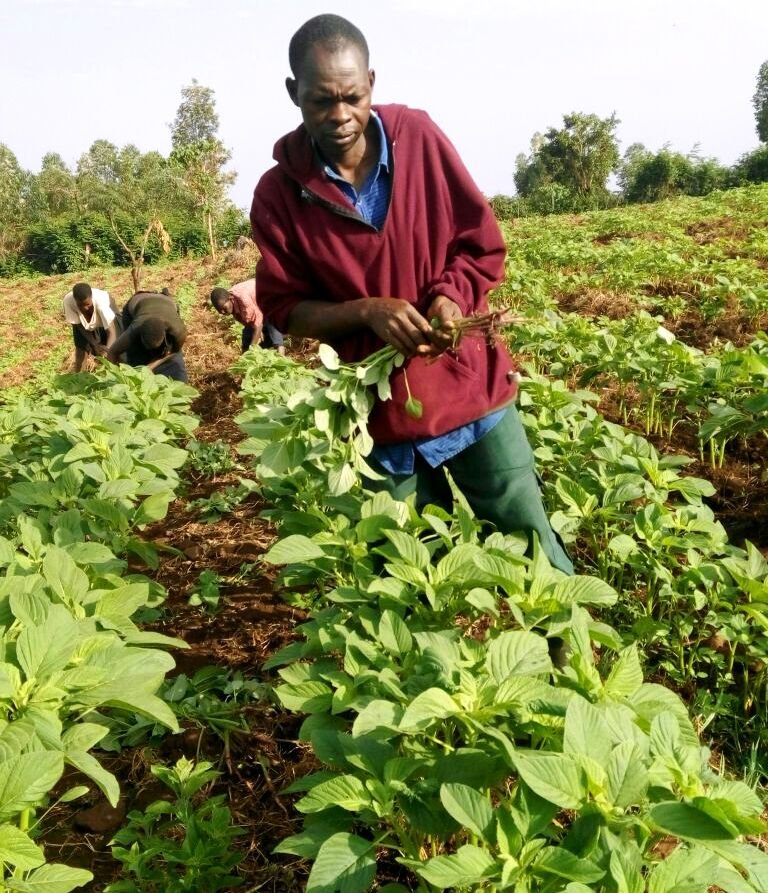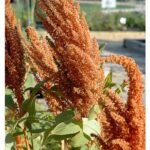Amaranth compared to other grains has the highest amount of protein, twice he content of essential amino acid lysine, more dietary fiber, and 5 to 20 times the content of calcium and iron.
- Food security
Amaranth is edible and takes short time to grow yet resistant to drought and can be used as both source (Green vegetable) and main food (Karo/Atapa or for porridge) - Nutrition
Amaranth is highly nutritious - For income
Amaranth can be grown as a food crop and cash crop hence fight to change local people’s mind set to engage in profitable agricultural production. - For medicine
Amaranth cures many illnesses and diseases, especially Non communicable diseases. - Amaranth has high Lysine and squalene levels and this stops the growth and multiplication of viruses in the body including cancer and HIV.
- Feed the young, malnourished, expectant mothers, the elderly and sick.

Malnutrition and food Insecurity are serious problems now in Uganda; the high level of malnutrition is partly attributed to the poor quality of diets. Studies indicate that the majority of rural household diets in the country are based on a narrow range of staples, usually 2-3 cereal/root/tuber crops or combinations thereof.
The largest population in the country depend on own production for household food supplies.
This implies that addressing the problem of malnutrition requires promotion of the production and consumption of nutritious foods. Most interventions have focused on increased food production to address malnutrition and food insecurity in the country. There is evidence; however, indicating that food insufficiency per say, May not necessarily be the major cause of all the malnutrition and micronutrient deficiencies witnessed in some parts of the country.

